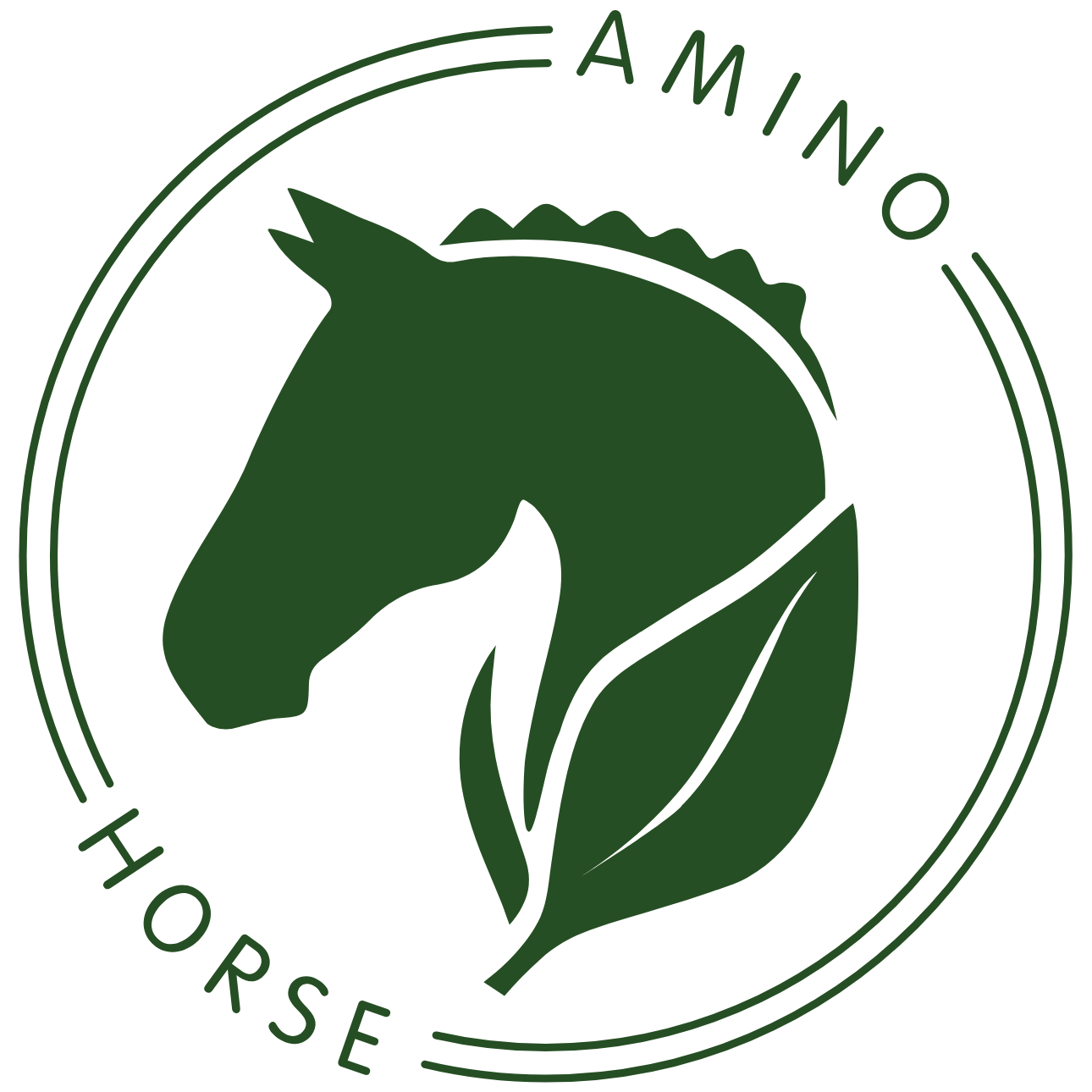Recognizing Amino Acid Deficiency
We only want what's best for our horses. It’s our responsibility to understand and meet their needs. We believe that, over time, horse owners develop a skilled eye for recognizing the needs of their horses. However, this eye must be regularly trained.
In this post, we want to sharpen our awareness for an amino acid deficiency and assess whether our horse is sufficiently supplied with amino acids.
The Importance of Amino Acids for Horses
Amino acids play a crucial role in the health and well-being of our horse.
As building blocks of proteins, they are essential for many vital functions in the horse's body. They support muscle growth, tissue repair, the immune system, and overall health.
In total, 21 amino acids are crucial for the horse's health. Out of these 21, 9 must be supplied through the diet and cannot be produced by the body. These are called essential amino acids. The most important limiting amino acids in horses are L-lysine, L-threonine, and L-methionine, with more details in other blog posts.
If one of the essential amino acids is missing, the entire process is disrupted. We can imagine it like a barrel with wooden planks of different lengths. The shortest plank is the limiting factor for the fill level, just like with amino acids. If only one of these essential amino acids, represented by the planks, is insufficient, the entire protein formation in the body is compromised.
Symptoms of Amino Acid Deficiency
The symptoms of amino acid deficiency can be varied and may manifest in poor coat condition, weak hoof growth, muscle wasting, reduced performance and a weakened immune system.
Early detection of these signs is crucial to avoid serious health problems.

Causes of Amino Acid Deficiency
There are many causes of amino acid deficiency. These can include an imbalanced diet, chronic diseases, stress, and increased needs during growth or recovery.
A particular factor is the staple food, hay. In recent dry years, we often had hay with high sugar content and low protein. A hay analysis can help determine this value. According to the literature, a protein deficiency is expected when intake falls below 30% of the required amount.
How Much Amino Acid Does My Horse Need?

The table provides a guideline for how much amino acid our horse needs in a maintenance state. During growth, intense physical activity and recovery, for example, the need for lysine significantly increases compared to other amino acids. To give an example: A lactating mare needs four times the amount of lysine per day (500 kg / 54 g lysine per day) compared to a horse in a maintenance state.
A balanced diet is key to preventing and treating amino acid deficiency. If amino acids cannot be supplied in sufficient quantities through food, supplements play a vital role in meeting the demand for essential amino acids.
A good source of amino acids is fresh, young pasture grass, which is well absorbed through chewing in the mouth. If this source is not available in sufficient quantities, other protein sources must be used. Grain, for example, has an unfavorable amino acid profile compared to grass.
High-quality products specifically designed for the nutritional needs of horses can not only help prevent deficiencies but also actively contribute to improving the overall health and performance of our horses.

Amino acid deficiency in horses should not be underestimated. Through a balanced diet and targeted supplementation, we can ensure that our equine partners receive the necessary amino acids to remain healthy and performance-ready.
If you have any questions, feel free to contact us at info@aminohorse.de
Sources:
Pferdefütterung; 6th Edition, Coenen, Vervuert; 2020
Equine Applied Clinical Nutrition, Goer Harris, Coenen, 2016

